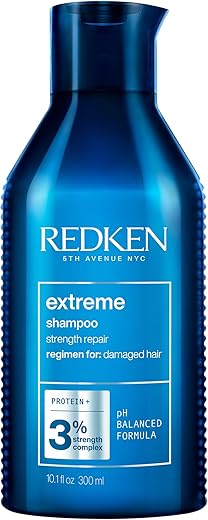
Breakage Busted: Data-Backed Anti-Breakage Shampoos
Breakage Busted: Why anti-breakage shampoos matter
Hair breakage is everywhere — from brushing to heat and chemicals — leaving strands short, uneven, and fragile. The good news: breakage is often preventable, and the right shampoo can play a central role.
This article delivers DATA-DRIVEN guidance on what makes a shampoo truly anti-breakage. We explain the biology of breakage and the common triggers, show how we measure anti-breakage performance, and review ingredients with strong evidence for strengthening hair.
You’ll learn how to choose the best shampoo for your hair type and routine, plus practical use, troubleshooting, and tips to maximize benefits. Read on to stop the snap and restore stronger, healthier hair. Evidence, testing, and clear steps make stronger hair achievable right now.
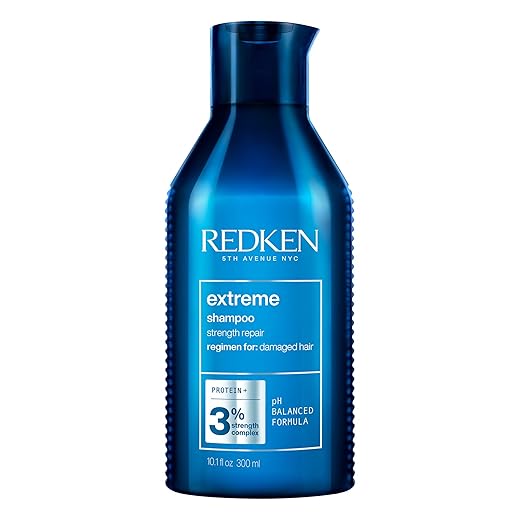
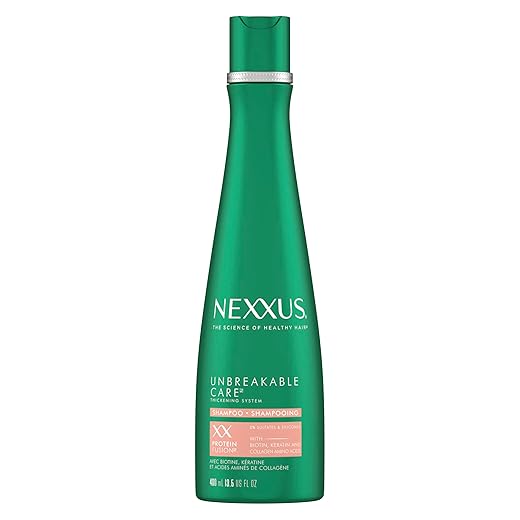
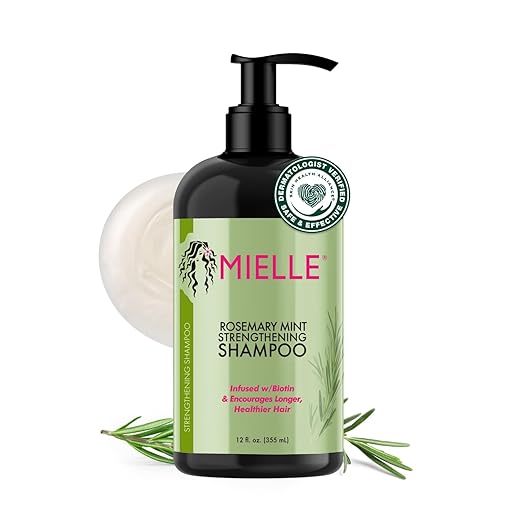
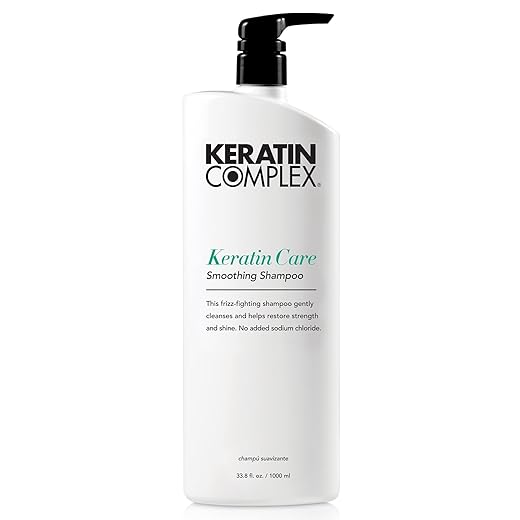
The Science Behind Virtue Flourish Hair Growth Products
What causes hair breakage: the biology and common triggers
Structural weak points: cuticle, cortex, and porosity
Hair is a composite fiber: the outer cuticle is a layered protective scale; the cortex contains long keratin fibrils that provide strength and elasticity. When the cuticle is lifted, scratched, or eroded, the cortex becomes exposed and vulnerable. Increased porosity (more gaps in the cuticle) lets water and chemicals penetrate unevenly, making fibers swell or dry out unevenly — a primary route to fracture. Think of a cardboard tube: intact surface = strong; torn surface = easy to snap.
External stresses that do the damage
Most breakage is mechanical or chemical, not “mysterious.” Common triggers include:
Why individual hair types matter
Texture, elasticity, porosity, and scalp health change the odds of breakage:
Measurable outcomes shampoos aim to improve
Laboratory and consumer tests focus on objective metrics you can understand:
Quick, actionable prevention tips
These structural and external factors together determine where and how hair fails — understanding them points to where shampoos and routines can help most.
How anti-breakage performance is measured: our data-driven approach
When we say “data-driven,” we mean more than lab jargon — we triangulate controlled science, clinical testing, ingredient analysis, and real-world experiences so you can trust a shampoo’s claims.
Data sources we triangulate
We pull from five complementary streams:
The key metrics and what they mean for you
We evaluate shampoos on metrics that map directly to everyday improvements:
How we turn metrics into a transparent score
Our scoring framework weights evidence to reflect both rigor and relevance:
Each product earns sub-scores (e.g., tensile improvement = +10 points) and is penalized for missing ingredient levels or inconsistent user reports. Scores are normalized so you can compare shampoos side-by-side.
Limitations and common confounders
No test is perfect. Watch for these caveats:
Armed with these methods, you’ll understand not just which shampoos “work,” but why they work and under what conditions — practical intel for choosing what actually reduces breakage in your routine.
Ingredients that actually strengthen hair: what the evidence supports
Understanding which ingredients do the work — and how they work together — turns marketing claims into practical choices. Below are the ingredient categories with mechanisms, real-world cues, and actionable tips.
Hydrolyzed proteins & keratins — fill and reinforce the cortex
Hydrolyzed keratin, silk, wheat, and collagen penetrate surface layers to temporarily fill microscopic gaps in the cortex and improve tensile strength. Look for these listed as “hydrolyzed keratin/silk/wheat.” Typical effective use in shampoos is low-to-moderate concentrations (often 0.5–2%) — enough to help without making hair brittle. Tip: porous, highly damaged hair benefits from less frequent protein use; overloading can stiffen strands.
Amino acids & peptides — bond-supporting building blocks
Free amino acids (e.g., cysteine, arginine) and short peptides support disulfide and hydrogen bond reformation and improve elasticity. Peptides are best delivered in formulations that include humectants and lower pH to maximize uptake. For real-world routines: use peptide-containing shampoos 1–3x/week alongside moisturizing conditioners.
Ceramides & fatty acids — cuticle repair and barrier function
Ceramides, phytosphingosine, and fatty acids (oleic, linoleic, behenic) rebuild the lipid layer around cuticles, reducing friction and water loss. Even small percentages (sub-1% ceramide levels) can improve barrier function when combined with emollients.
Humectants & emollients — moisture balance and flexibility
Glycerin, propanediol, panthenol, and fatty alcohols (cetyl/stearyl) maintain hydration and plasticize the fiber so it bends instead of breaking. Pair humectants with light oils (argan, jojoba) to prevent over-absorption in humid climates.
Strengthening polymers & film-formers — temporary protection during handling
Polyquaterniums (e.g., Polyquaternium-10), PVP/VA, and hydroxyethylcellulose form thin films that reduce combing force and surface abrasion. These are especially useful in detangling-focused shampoos and often explain immediate “smoother” lab wins.
pH adjusters & chelators — maintain cuticle integrity
Acidifying agents (citric acid) that place shampoo pH in the 4.5–5.5 range help close the cuticle after cleansing. Chelators (EDTA) control metal ions that catalyze damage. Both support long-term cuticle resilience.
Surfactant choices — why gentle cleansers matter
Gentle anionic and amphoteric surfactants (sodium cocoyl isethionate, decyl glucoside, cocamidopropyl betaine) clean without stripping lipids. Low-foam, mild bases often reduce friction and breakage compared with harsh sulfates (SLS/SLES), which can swell and roughen cuticles.
Ineffective or risky ingredients and combinations
How to choose the best anti-breakage shampoo for your hair type and routine
You’ve got the ingredient map — now make it usable. Think of selection as a decision tree: identify your hair’s mechanical vulnerabilities, then match the formula attributes that directly reduce those stresses. Quick rule: target the weakest link first (fiber integrity, scalp environment, or product buildup).
Assess your hair and habits
Before shopping, note:
Match formula attributes by category
Fine and fragile hair — choose lightweight protein blends (hydrolyzed proteins ≤1%), low or volatile silicones for slip (cyclomethicone), and gentle, low-foaming surfactants to avoid residue and limpness.
Coarse or curly hair — prioritize emollients (fatty alcohols, natural oils), ceramides, and richer humectants so strands bend without snapping; smoothing polymers improve detangling.
Color- or chemically-treated hair — look for bond-supporting agents (amino acids, peptides, low-MW hydrolyzed keratin) and mildly acidified, pH-stable surfactants that clean without opening cuticles aggressively.
Thinning or brittle hair — favor targeted peptides, caffeine/niacinamide for scalp circulation, and non-comedogenic lightweight oils; avoid heavy silicones that can weigh down thinned hair.
Oily scalps — choose clarifying yet gentle surfactants (decyl glucoside, sodium cocoyl isethionate) and lighter conditioners; use anti-breakage actives in lower concentrations to avoid buildup.
Reading labels — practical hacks
Shopper tips & prioritization
Next up: how to get the most from the bottle — routines, timing, and troubleshooting common setbacks.
Use, routine, and troubleshooting: maximize shampoo benefits and prevent setbacks
Step-by-step shampooing routine to minimize breakage
- Pre-shampoo detangle: on dry or slightly damp hair, finger-detangle or use a wide-tooth comb from ends to roots. For very curly hair, apply a lightweight oil or detangling spray first to reduce friction.
- Proper wetting: rinse with warm (not hot) water until fully saturated — this helps even product distribution and cuticle relaxation.
- Apply and lather smartly: dilute a small amount of shampoo in your palms, emulsify with water, then apply mainly to the scalp. Let foam run down the lengths to clean without overworking fragile fibers.
- Massage vs rub: use the pads of your fingers to massage the scalp for 45–90 seconds. Avoid aggressive scrubbing or stretching the mid-lengths and ends.
- Contact time: most shampoos work in under 60 seconds; leave bond-building formulas as directed (often 3–10 minutes). Always follow product instructions.
- Rinse and condition: rinse thoroughly, then apply a strengthening or moisturizing conditioner starting mid-shaft to ends. Detangle gently with a wide-tooth comb in the shower.
- Gentle drying: blot with a microfiber towel or cotton T‑shirt; avoid rough rubbing. Air-dry to ~80% before using heat, and always use a quality heat protectant if styling.
Complementary products and protective practices
Troubleshooting common issues
Simple metrics to monitor progress (and timelines)
Next up: Putting data into practice: smarter choices for less breakage.
Putting data into practice: smarter choices for less breakage
Breakage is multifactorial but actionable: choose shampoos with evidence-backed strengthening ingredients, vet claims using the metrics we outlined (fiber tensile tests, surface microscopy, ingredient concentrations), and match formulations to your porosity, density, and styling load. No single product is a cure-all, but informed selection narrows the gap.
Pair the right shampoo with supportive routine changes — gentler cleansing frequency, conditioning, heat protection, and mechanical care — and track results with simple before/after metrics. Use this framework to make smarter purchases; consistent, targeted steps give the best chance to reduce breakage. Start testing today.

Hello! I’m Ava Wilson, a passionate advocate for healthy, beautiful hair. With years of experience in the hairstyling industry and a deep-rooted love for all things hair, I’ve made it my mission to share valuable insights and expert tips on nurturing and styling locks.
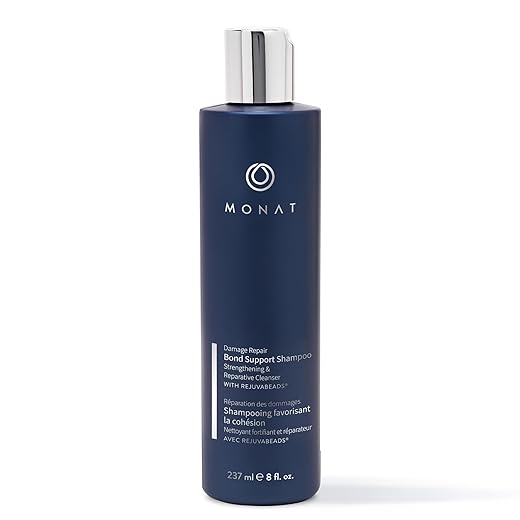
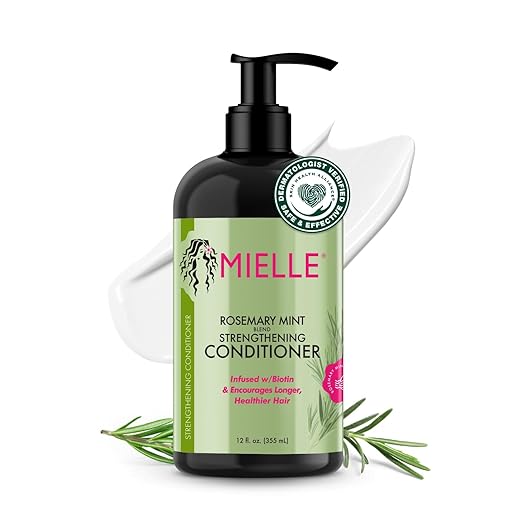
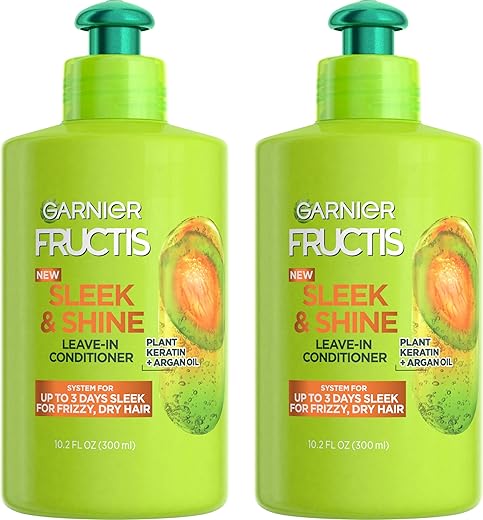

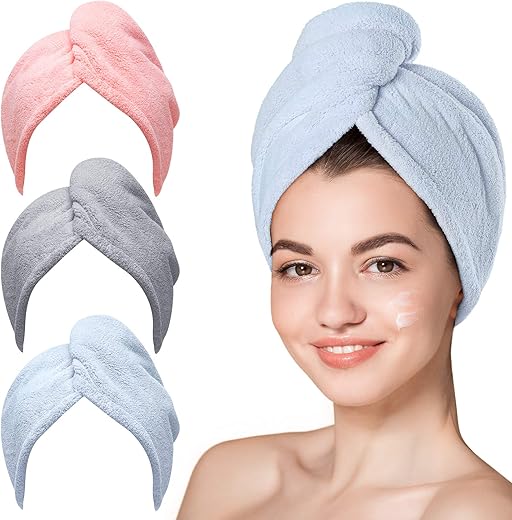
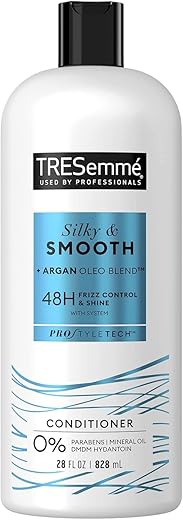
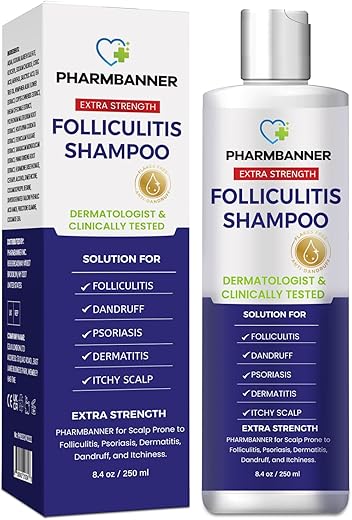

Short and sweet: Mielle Organics Rosemary Mint Biotin line + detangling conditioner saved my mid-lengths. Less breakage during combing and my curls look healthier overall. Also the mint scent is tiny and pleasant.
One caveat — if you have heavy product buildup, clarify first. The article’s bit about prepping hair before anti-breakage shampoos is underrated.
Ooh good point about buildup. I used Keratin Complex for a month and then clarified before switching — game changer.
Totally agree — clarifying every few weeks (depending on product use) helps the strengthening ingredients actually penetrate. Glad Mielle worked for you; we saw similar improvements in strand tensile tests after proper prep.
Mint + less breakage = sign me up. Also, number one pro tip: don’t skip the clarifying step if you’re a styling-product addict.
Helpful article — finally someone explains what ‘anti-breakage’ actually measures. Quick note: tried Mielle Organics Rosemary Mint Biotin Strengthening Shampoo last month and my curls felt softer but still had split-end drama. Maybe conditioner matters more? 🤔
Also, the troubleshooting tips saved me from over-protein overload. I legit had to stop everything for two weeks.
Yep — conditioner matters a lot. Pairing the Mielle shampoo with the Mielle Rosemary Mint Biotin Detangling Conditioner improved slip and reduced wet-combing breakage in our follow-up checks. And you’re right about protein: too much can make hair brittle; check the ‘Use, routine, and troubleshooting’ section for balancing tips.
Same — the detangling conditioner made a noticeable difference for me. Give it a few washes; hair needs time to respond.
I alternate Mielle with a hydrating co-wash — helps my curls and cuts down the split-end look. Also trimming helps (obvious but true).
Protein overload is the new villain. I went full detective mode after my hair felt like straw lol.
Huge appreciation for the ingredient breakdown. The way you explained proteins vs humectants vs silicones actually helped me rework my routine.
Longer story: I used Keratin Complex Smoothing Shampoo for frizz control last winter and it smoothed things but left my ends kind of crispy. Switched to alternating with a lighter sulfate-free (and used the Mielle detangling conditioner) and it helped.
Question for admin: any tips for transitioning from a smoothing/keratin-heavy shampoo to a gentler, strengthening routine without a shedding spike? I’m nervous to switch cold turkey.
This worked for me. I also used a wide-tooth comb in the shower and finger-detangled first. Saved so much breakage.
If it helps, I made a little chart to track when I swapped shampoos and noticed improvement at week 6. Maybe try logging?
Agree with admin — slow transition is key. And patience. Your hair needs time to rebalance oils and moisture.
Also PSA: don’t expect miracle overnight. You’re not a smartphone getting a software update, lol.
Great question. Transition strategy we recommend: 1) Gradually phase in the gentler shampoo (use it every other wash) while keeping the smoothing shampoo once a week for manageability; 2) Add a protein-light strengthening mask once every 2 weeks; 3) Keep trims to remove crisped ends; 4) Watch for a temporary increase in tangling — use the Mielle detangling conditioner or a leave-in with good slip to minimize breakage during the switch.
Ok real talk: MONAT’s packaging looks like a luxury brand stole a startup’s identity. Are the results worth the price? I’ve been tempted but also suspicious of splashy marketing. Anyone actually saw consistent bond repair from MONAT?
We found MONAT performed well in bond-support lab metrics, but consistent real-world improvement depended on prior damage and concurrent routine (conditioning, heat use). If price is a concern, some lower-cost options like Redken or Nexxus gave strong anti-breakage benefits in targeted hair types.
I used a sample and liked the feel, but not sure it justified full-price for me. If you can get a trial size, that’s the safest bet.
Great deep-dive — loved the data section. I’ve been using Redken Extreme Strengthening Shampoo for a few months after my hair went bonkers from bleaching. Not perfect but I did see fewer snags when towel-drying.
Curious if anyone compared Redken vs Nexxus specifically for fine hair? The article’s measurement method sounds legit but real-world hair porosity + density feels like it could change results.
I can back this up — I have fine hair and Nexxus felt lighter, less weighed down. Redken left my roots kinda flat after a few uses. YMMV tho!
Noted. Does anyone else find the Redken scent overpowering? Might be placebo but it makes me rinse extra long 😅
Thanks for sharing, Jason — glad the data section resonated. In our tests Nexxus Unbreakable tended to perform better on finer hair because it has keratin aimed at strand-thickness reinforcement, while Redken is great for heavily damaged/chemically treated hair. That said, porosity differences do shift outcomes — we recommend the porosity check in the “How to choose” section first.
Not sure how I feel about the ‘data-backed’ claim — the methodology sounds solid but lab tests don’t always translate to bathroom reality. Did you test MONAT Damage Repair Bond Support Nourishing Shampoo? Their marketing is intense and I’ve only tried a sample.
Thanks for clarifying. I wish more reviews separated lab vs real use results — huge help for buying decisions.
Fair point. We included both lab-based force-to-break measurements and real-world mechanical tests (wet/dry combing, hands-through) to bridge that gap. MONAT showed good bond-support metrics in controlled tests, but user-reported outcomes were mixed — we noted variability tied to prior chemical damage and routine. That’s why we emphasize matching product to hair history and routine.